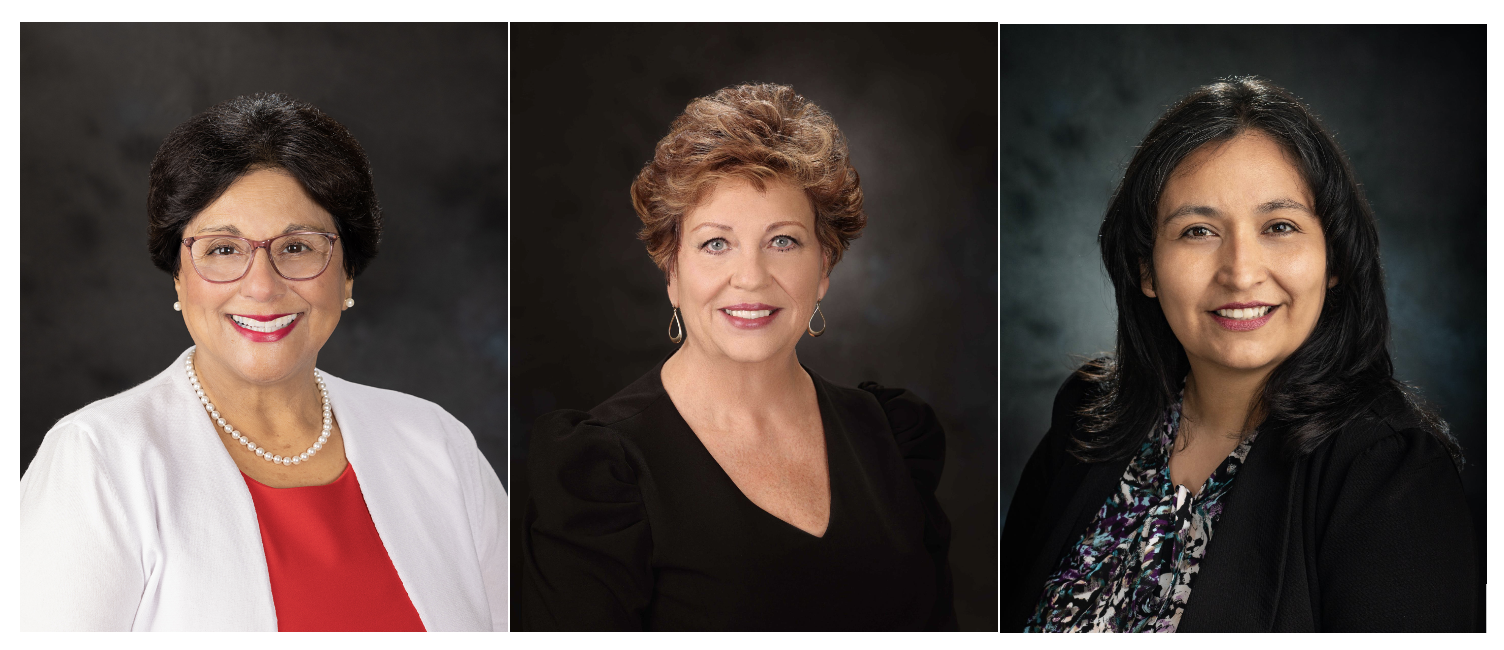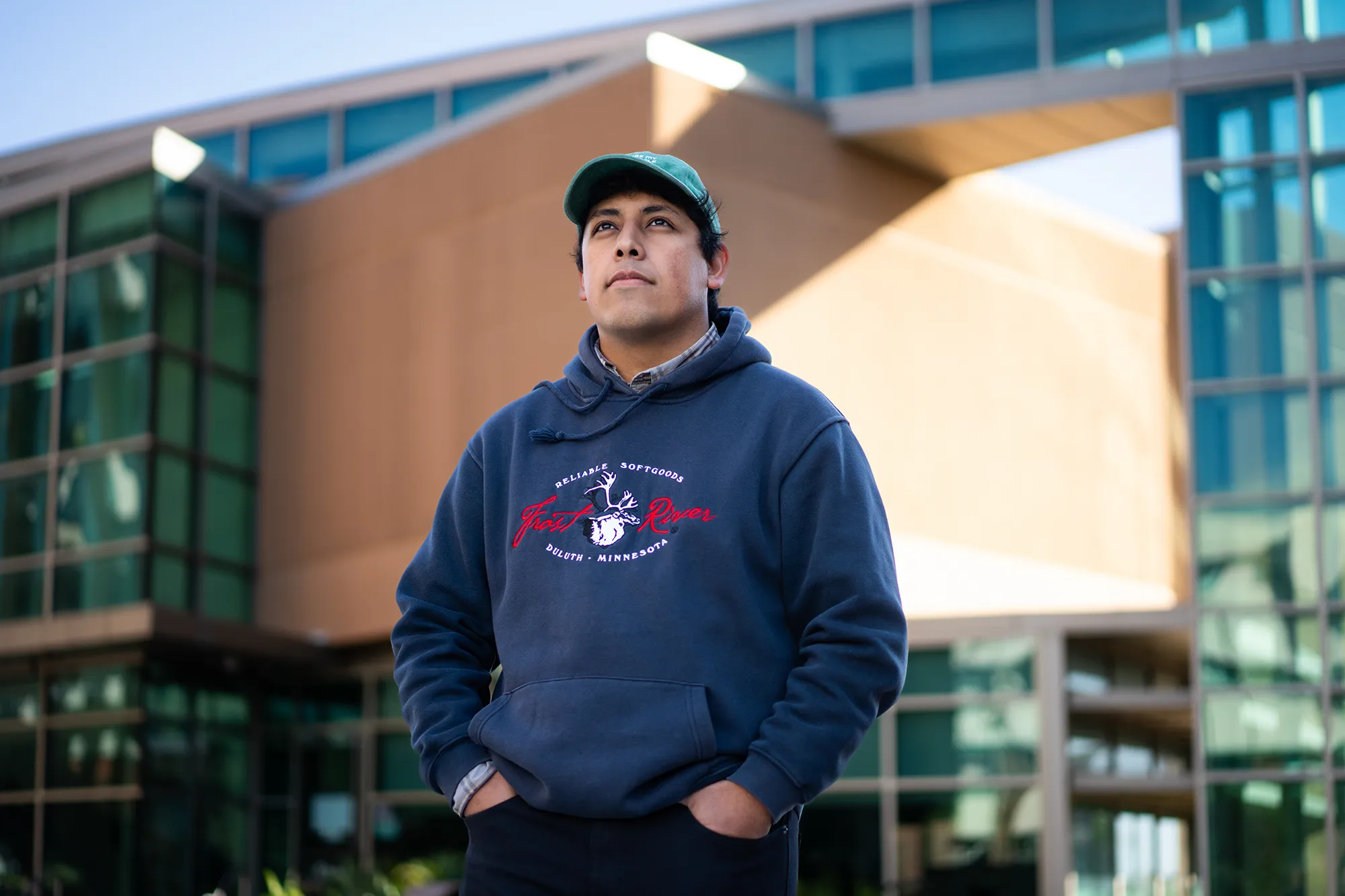By Ashley Orona
Contributing Writer
SOUTH GATE — Two months of public comment on the updated master plan for the Los Angeles River is underway in Los Angeles County following a virtual press conference Jan. 13 where the plan was unveiled.
The 2020 L.A. River Master Plan is meant to be a document that helps local communities develop projects along the river that align with larger environmental, health and safety goals. The plan provides research and strategies that encompass all 51 miles along the river from Canoga Park to Long Beach.
The master plan had not been updated since its creation in 1996. The updated version addresses social issues that were not in the previous plan. The plan will be available for public review until mid-March before it is voted on by the county Board of Supervisors sometime this summer.
Many communities along the river, especially in Southeast Los Angeles County, suffer from pollution and lack of green space. The goal is for the river to become 51 miles of connected public space that provides opportunity to reduce flood risk, improve resiliency, support healthy ecosystems and provide economic opportunities to surrounding communities.
“As our population has grown over the last century our communities have lost opportunities for open space and many of the communities along the L.A. River, especially those in the First District in the lower L.A. River are overburdened,” county Supervisor Hilda Solis said Jan. 13.
Cities like South Gate, Cudahy and Bell Gardens are surrounded by large industrial businesses and freeways and experience some of the highest levels of environmental pollution in the county, Solis added.
The region received an average pollution burden score of 7.17 — higher than the county average of 6.19 and the California average of 5.17, according to the California Office of Environmental Health Hazard Assessment. The assessment measures air quality, drinking water contamination, pesticide use, toxins from facilities and traffic density.
The river update plans on providing natural and recreational open space such as bike paths, trails and parks for millions of people along the most environmentally burdened corridor. It hopes to improve health outcomes by reducing incidence of cardiovascular diseases and diabetes and improving air quality and quality of life.
“We’ve been thinking more about the impact that our natural resources have and [the impact] these assets have on the communities of Los Angeles County,” county Public Works Director Mark Pestrella said. “Unfortunately, for many years the assets that were built in the early part of the 19th century almost by design created disparity and inequity.”
The river plan was developed by a steering committee composed of regional stakeholders and technical experts. The county has hosted dozens of community meetings since 2018 engaging with residents and identifying the needs and concerns of each community along the river.
Some of the prominent issues residents shared were educational opportunities and safety. Survey participants felt it was important for people to learn about how the river supports the environment; ecology, habitat, and vegetation; and current hydrology and uses of the river.
Additionally, 61% of participants identified safety concerns as being the reason they do not visit the river, according to community surveys. Specific safety concerns included encountering people experiencing homelessness, absence of lighting and lack of restrooms and activities.
The preliminary plan has more than 50 proposed projects, but the designs for those projects are not part of the master plan and will be developed individually. The timeline for individual projects depend on funding availability, projects size and local decision makers.
The goals and projects of the master plan are expected to take approximately 25 years to implement. As such, the plan is intended to be a living document with progress reports completed through the years.
“This plan is a manifestation of our thinking about the impacts of infrastructure on the people of Los Angeles,” Pestrella said. “It’s our opportunity … to create equity and equality, and social justice through our actions, and what we do and what we invest in.”
Ashley Orona is a freelance reporter for Wave Newspapers who covers the East Los Angeles area. She can be reached at Oronash@gmail.com.












